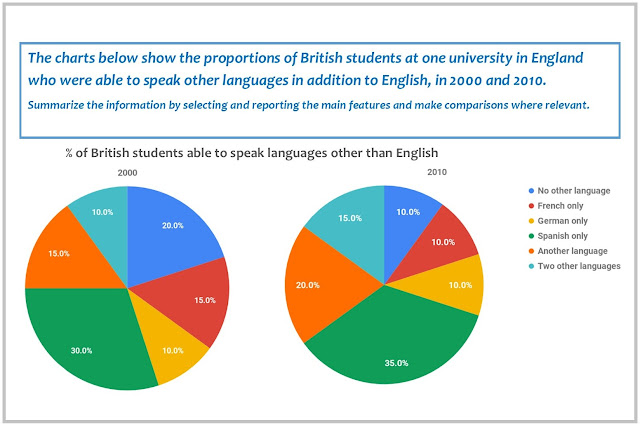The common comma: rules and recommendations
1. Use a comma before the conjunctions and, but, or, nor, for, so, yet if they link two main clauses.
- The book was boring, but I decided to finish reading it anyway.
- The test was difficult, so the teacher gave us more time.
If you link two main clauses with a coordinating conjunction, you need to use a comma. But you don’t need to use a comma if you link two parts of the sentence with the same subject. Compare:
- You should read and watch movies in English. (same subject)
- The book was boring, but I decided to finish reading it anyway. (different subjects)
- Translation helps but it also hurts.
2. Use a comma to set off introductory elements.
- If you don’t know the word, look it up in an English-English dictionary.
- In my next post, I am going to talk about using English-English dictionaries.
- Exhausted after checking 50 essays, I decided to have a coffee.
Use a comma to set off introductory subordinate clauses, prepositional phrases or verbal phrases. You don’t need to use a comma if the subordinate clause comes after the main clause:
- Look the word up if you don’t know it.
The comma may be omitted if the prepositional phrase is very short and doesn’t create confusion:
- In 2016 I returned to Russia.
3. Use a comma to set off nonessential elements.
- The course book, which was published in 2014, is one of the best on the market.
- Students get their lowest scores for writing, which gives rise to conspiracy theories.
- TED talks, for example, give a lot of food for thought.
- Line graphs are, surprisingly, students' least favorite IELTS Writing Task 1 task.
- It's my favorite task, to be honest.
The test of whether an element is essential or not is whether you can remove it from the sentence or not. For example, if you remove the parts in the commas from the sentences above, they will still be perfectly correct and complete.
Always use a comma if your 'which' clause refers to the whole sentence before it, not the last noun.
- Students get their lowest scores for writing, which gives rise to conspiracy theories.
- I also got a low score for IELTS writing on my first try, which motivated me to hone this skill.
4. Use a comma before or after direct speech.
- Ernest Hemingway said, “There is nothing to writing. All you do is sit down at a typewriter and bleed.”
- “Punctuation is the Cinderella of the writing classroom,” the instructor repeated.
But don’t use commas if the direct speech ends in an exclamation point or a question mark:
- “I will never do it!” she shouted.
- “Do I have to do it?” she asked.
5. Do NOT use a comma before that.
- She told me that she was struggling with describing line graphs.
- Let’s start with the exercise that we didn’t finish on Wednesday.
Do not use a comma before that in reporting structures and relative clauses.
6. Use commas to prevent misreading.
- Soon after, the business closed its doors.
- To Laura, Ann symbolized decadence.
- Despite intensive research, scientists still have more questions than answers.
Sometimes words run together in confusing ways. Use a comma to separate them. Compare:
- Soon after the business closed its doors. (confusing)
- Soon after, the business closed its doors. (clear)
- To Laura Ann symbolized decadence. (confusing)
- To Laura, Ann symbolized decadence. (clear)
- Despite intensive research scientists still have more questions than answers. (confusing)
- Despite intensive research, scientists still have more questions than answers. (clear)
There are over 100 pages of punctuation rules in the books that I used for this post, around 30 of which are dedicated to the comma. I have tried to summarize the basics paying attention to the cases Russian learners make mistake in. Let me know if you need more rules how to use commas or other punctuation marks.
“Punctuation is the Cinderella of the writing classroom,” is a quote by Andrew Thomas, IELTS Principal Examiner, whose IELTS training course I once attended. It means that punctuation is undeservedly neglected or ignored in EFL writing classes. Hopefully, this post remedies this injustice.
1. Fowler, H. Ramsey, and Jane E. Aaron. The Little, Brown Handbook 8th ed.
2. Carter R., and Michael McCarthy. Cambridge Grammar of English: A Comprehensive Guide: Spoken and Written English Grammar and Usage.
🞳🞳🞳
If you are working on your writing skills, why don't you check out this post about the comma splice, a very common mistake in writing, to make sure you don't make it: https://iraluts.blogspot.com/2021/09/comma-splice-must-read-for-thus-and.html





Thanks so much!
ReplyDeleteGreat post! Thank you!
ReplyDelete